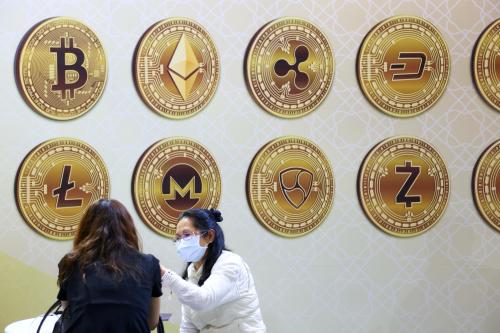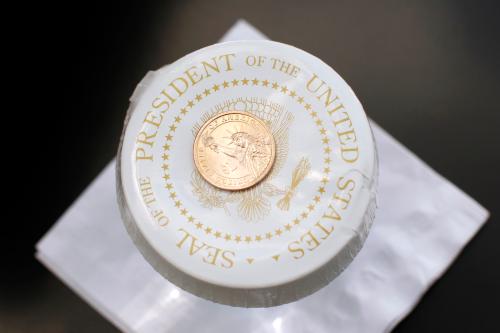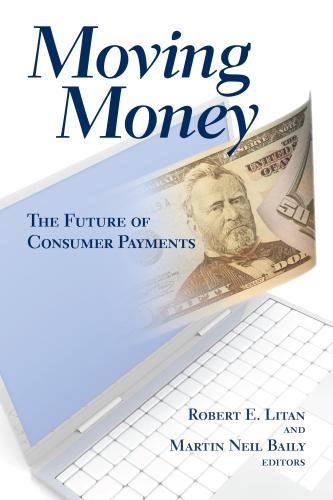When your pockets fill with pennies, don’t you wish they would go away? I do. They are a pain in the neck—or rather in the pocket. Come to think of it, nickels are too. Perhaps you are already doing what I am doing, and telling storekeepers “no pennies please” when there isn’t a “penny pot” on the counter that I can dip into. Pure bother. I haven’t yet brought myself to do that with nickels, but in truth, they weigh a lot and buy little—not like when I was a kid and could buy a Milky Way or a single-scoop ice-cream cone for five cents.
Life would be simpler without this monetary detritus. And in a practical sense, it once was. Back in 1940 a penny bought as much as 17 cents does today, adjusted for inflation. If one adjusts for both inflation and economic growth, a penny in 1940 was as important relative to our income as 66 cents does today. We simply had no coins then that bought as little as a penny or a nickel does today. Somehow, we managed.
Worse still, pennies and nickels cost more to make than they are worth. A penny costs nearly 2 cents to make, a nickel nearly 8 cents. And since the U.S. mint has minted nearly 92 billion pennies 15 billion nickels since Y2K, the nation’s $1 billion loss making these coins is not, like the coins themselves, chump change. Back in 1940, and even much after that, we got along just fine without coins that bought as little as pennies and nickels do today.
The idea of deep-sixing the penny is not new. For years people have been proposing that the United States save money and enhance convenience by abolishing the penny. In effect, if we dropped the nickel too, we would simply be treating the last digit of every price as zero. Easier math. Less stuff in our pockets.
The Canadians have already moved in this direction. They stopped minting pennies last year. Retailers are no longer required to offer pennies in change. Non-cash transactions can still be denominated in hundredths of the Canadian dollar. The value of the Canadian dollar has remained strong. Supporters of the penny claim that every price will be rounded up, generating inflation. But there is no evidence that dropping the penny has triggered Canadian inflation. Nor would it here.
Another argument advanced by penny traditionalists is that dropping it would hurt the poor, who are reported to be the beneficiaries of penny drives run by some charities. This argument rings especially hollow at a time when, in the name of inflation, the Congress is willing to lower food assistance for the poor. A billion dollars more in food support, in exchange for whatever charitable largess the penny brings would be a splendid trade.
Especially risible is the argument of the industries that mine zinc and nickel that dropping the penny and nickel will cost jobs. Total coin production in the United States uses microscopic proportions of world production of zinc and nickel, the two metals that comprise our smallest coins-roughly one seven-thousandth of world zinc production and one seventeen-hundredth of world nickel production.
Although calls for dropping the penny are not new, the response—at least outside Canada—has been resounding silence. Perhaps, the problem is not that advocates have been too bold, but rather that they have been too timid—let’s drop not just pennies, but nickels too and stop using the rightmost decimal place at all. I can’t think of any good reason not to do so.








Commentary
Op-edLet’s Drop Pennies, and Nickels Too While We’re At It
November 13, 2013